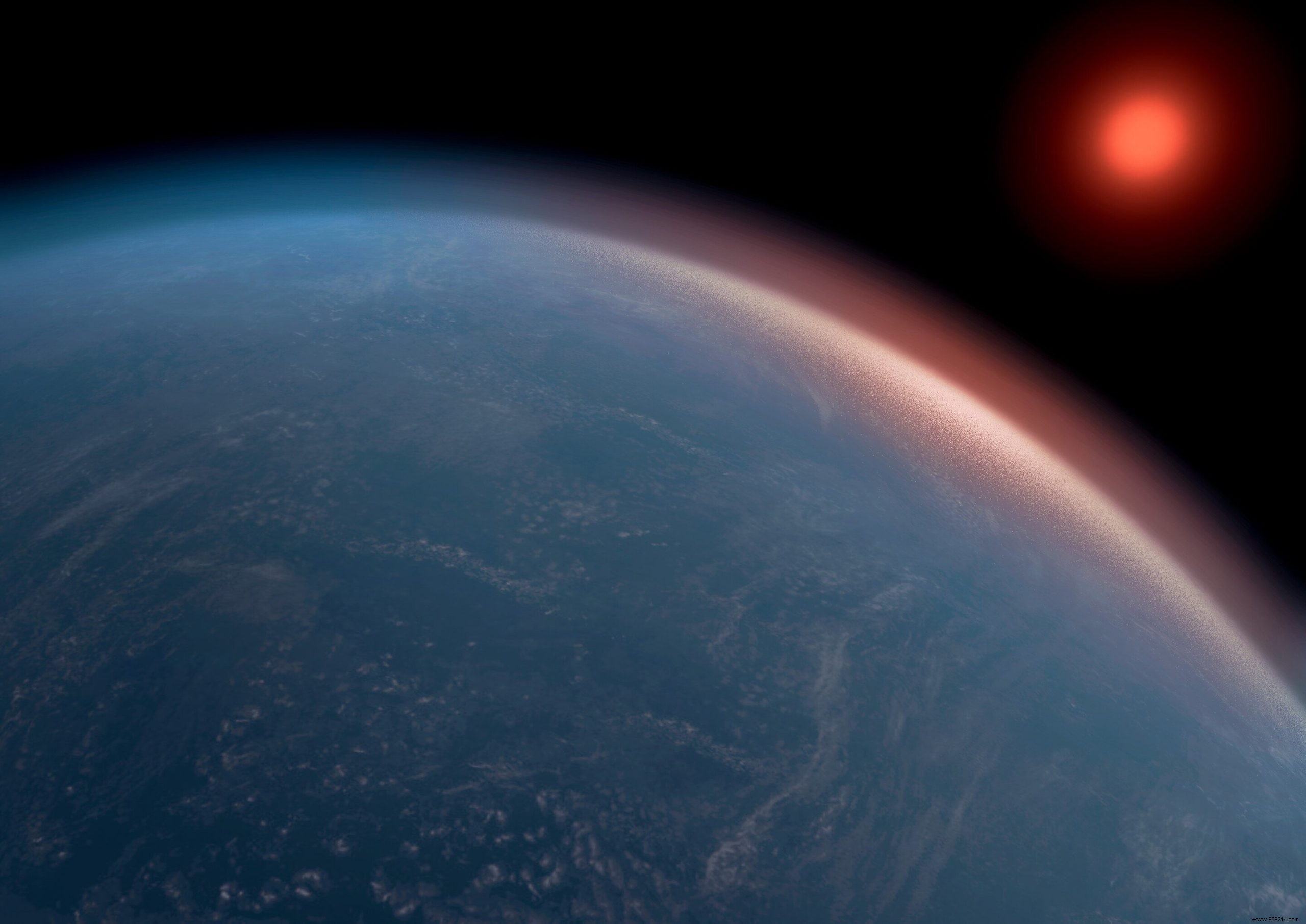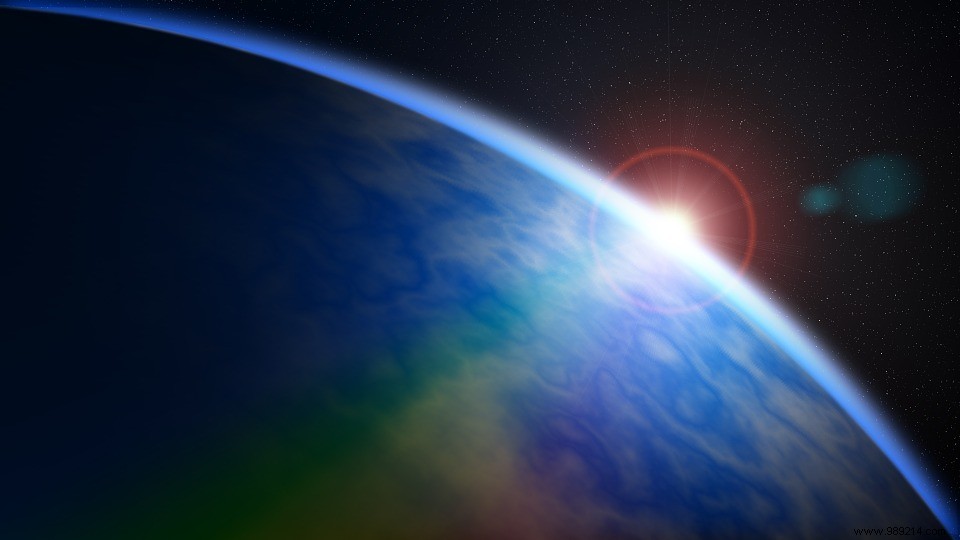Detecting the presence of isoprene in the atmosphere of an exoplanet could indicate the presence of extraterrestrial life forms on the surface, suggests a team of researchers. Details of the study are published in the journal Astrobiology .
To date, there are more than 4,300 confirmed extrasolar planets in our address book. Several thousand other potential worlds are also awaiting confirmation. What astronomers would like now is to be able to characterize these objects, to study them in more depth.
This work should speed up once the James Webb Telescope is up and running. Indeed, after decomposition of the infrared spectrum of exoplanets in transit in front of their star, the JWT will allow researchers to deduce the molecular composition of their atmosphere.
In turn, this data will make it possible to place much stricter constraints on the habitability of this or that world, and could even lead to the detection of biosignatures (chemical indications associated with life and biological process).
As a result, astrobiologists have been working for several years to list these potential "biosignatures".
These include oxygen gas, produced by photosynthetic organisms and essential to most life on Earth. These same organisms also metabolize carbon dioxide. Not to mention water, essential to life as we know it, and methane, emitted by decaying organic matter.
That being said, to this list, a team from the Massachusetts Institute of Technology (MIT) led by Dr. Zhuchang Zhan proposes to add isoprene (C5H8).

Like its cousin methane, isoprene is an organic hydrocarbon molecule produced as a secondary metabolite by a wide range of organisms, such as bacteria, plants, and animals .
But while isoprene is about as abundant as methane on Earth, it is on the other hand destroyed by interaction with oxygen and oxygen-containing radicals. For this reason, the researchers propose to focus on anoxic atmospheres. These environments, primarily composed of hydrogen, carbon dioxide, and nitrogen gas, would be similar to the composition of Earth's primordial atmosphere.
According to their analyses, between 4 and 2.5 billion years ago, our planet would have displayed large amounts of isoprene, when single-celled organisms began to produce oxygen. Then, no longer being able to incorporate with the already saturated minerals, these released oxygen molecules accumulated in the atmosphere. This "Great Oxygenation Event" then turned out to be toxic to many organisms, but also to isoprene.
In this regard, these molecules could be used to characterize planets preparing for a major evolutionary shift, laying the foundations for new phyla.

Naturally, unraveling this potential biosignature won't be easy, even for the James Webb Telescope. As the researchers point out, to be detectable, this isoprene would have to be produced at a rate between 10 and 100 times that of early Earth. The unique detection of isoprene will also be hampered by many other hydrocarbon molecules that share similar spectral characteristics.
According to the authors, future telescopes focused on the mid-infrared will be best equipped to detect the spectral characteristics of isoprene. Beyond the JWT, researchers are thinking in particular of the Roman space telescope (successor to the Hubble mission), whose launch is scheduled for 2025.